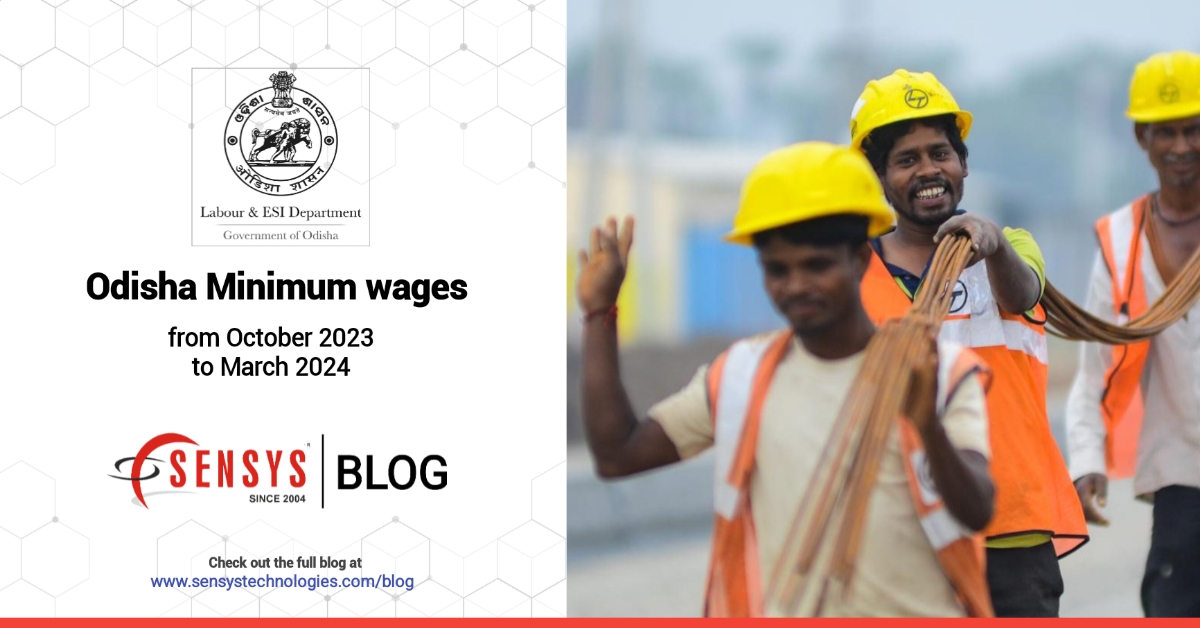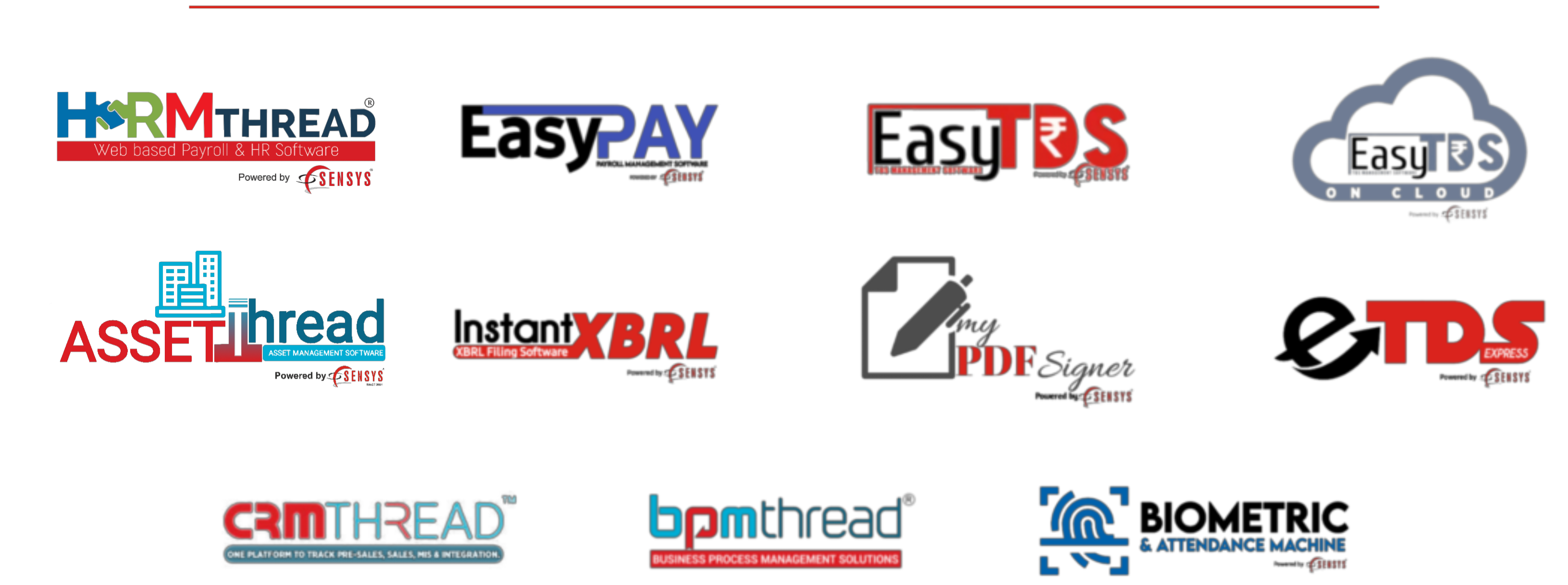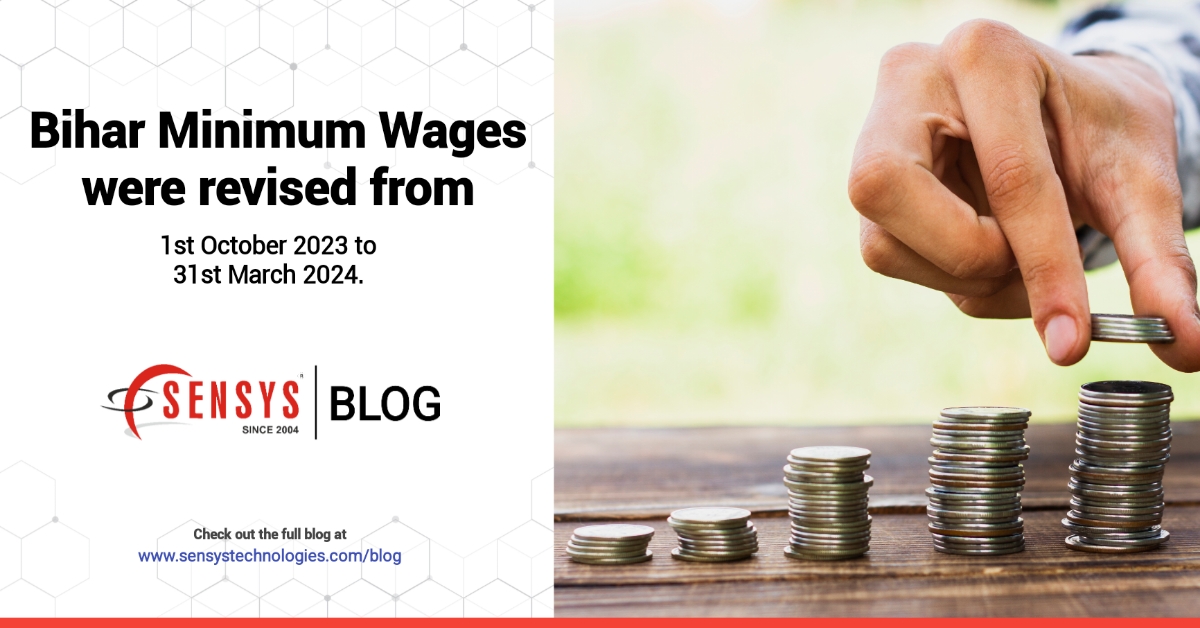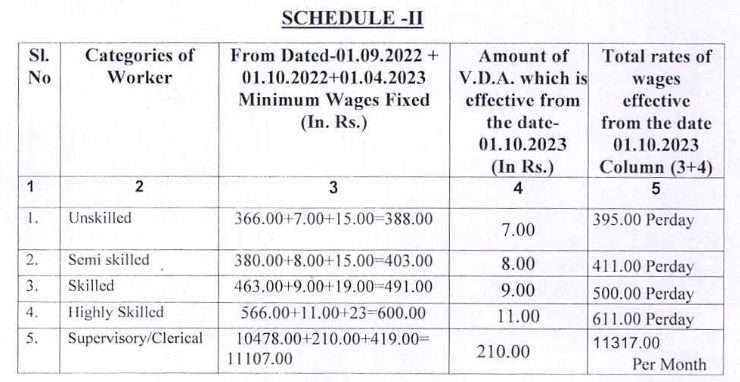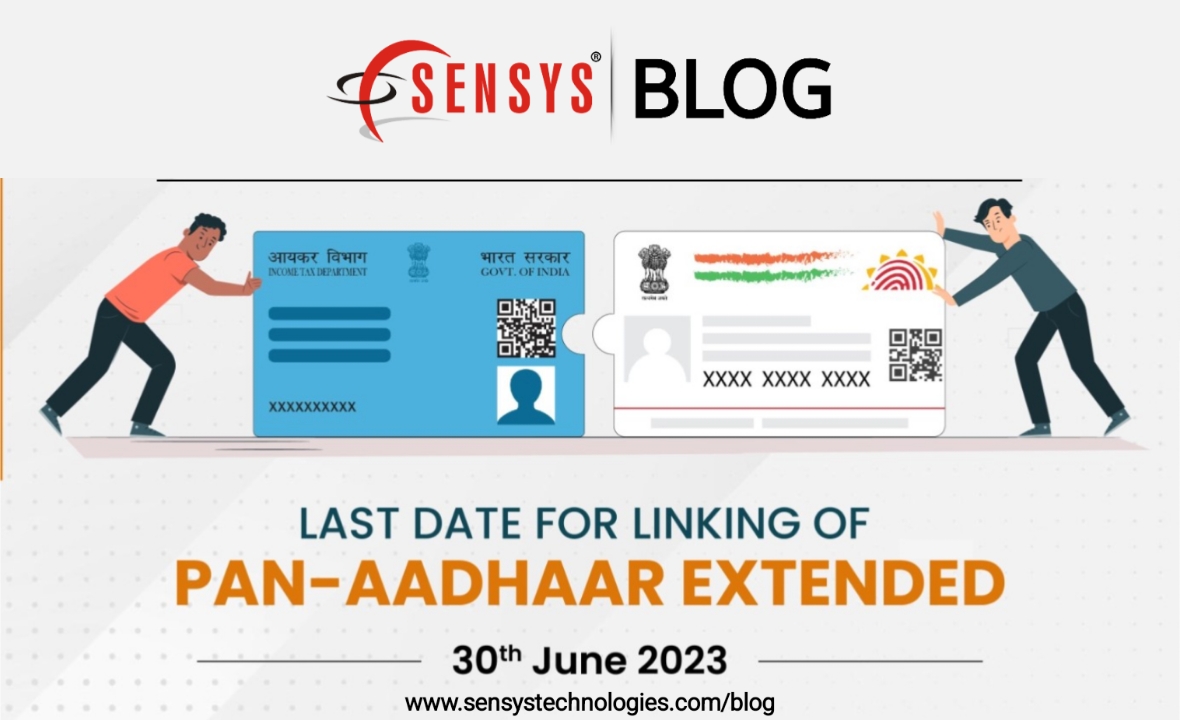
All real estate projects are required to be registered with the RERA of the respective State so that authorities have jurisdiction over the projects. However, there is a dispute over the issue as to the date on which the requirement of registration under RERA is applicable i.e. on the date of receipt of the occupation certificate or completion certificate.
Requirement of Registration under RERA
Under the ‘Real Estate Regulation and Development Act, 2016’, each State of India has to appoint Real Estate Registration Authority to monitor and adjudicate real estate disputes. The relevant extract of section 3 of the Act relating to registration of the real estate projects with their concerned authority reads as:
(1) No promoter shall advertise, market, book, sell or offer for sale, or invite persons to purchase in any manner any plot, apartment, or building, as the case may be, in any real estate project or part of it, in any planning area, without registering the real estate project with the Real Estate Regulatory Authority established under the Act:
Provided that projects that are ongoing on the date of commencement of the Act and for which the completion certificate has not been issued, the promoter shall make an application to the Authority for registration of the said project within three months from the date of commencement of the Act:
(2) Notwithstanding anything contained in sub-section (1), no registration of the real estate project shall be required-
(b) where the promoter has received a completion certificate for a real estate project before the commencement of the Act
Requirement of Registration of ongoing projects under RERA
A plain reading of the aforesaid section shows that a completion certificate is mandatory (before the commencement of the Act) and in absence of the same, one has to go for registration with the RERA authority.
Meaning of ‘completion certificate’
Section 2 of the Act provides definitions of various terms. Accordingly, —
Completion certificate means the completion certificate, or such other certificate, by whatever name called, issued by the competent authority certifying that the real estate project has been developed according to the sanctioned plan, layout plan, and specifications, as approved by the competent authority under the local laws. [Section 2(q)].
Meaning of ‘occupation certificate’
Occupancy certificate means the occupancy certificate, or such other certificate, by whatever name called, issued by the competent authority permitting occupation of any building, as provided under local laws, which has provisions for civic infrastructures such as water, sanitation, and electricity—[Section 2zf].
| Completion certificate |
Occupation certificate |
| Completion certification is available once the project is developed on an approved plan and layouts |
An occupation certificate is available once necessities like water and electricity are done for the project |
Case study: [based on – Ruling of Punjab and Haryana High Court in Experion Developers (P.) Ltd. v. State of Haryana]
The date on which RERA “the Act” come into force = 01st May 20017
The date on which the occupancy certificate is received = 2nd March 2017
Whether the project is required to be registered under RERA?
Analysis:
There is a difference carved out in the Act itself as to what is a completion certificate and an occupancy certificate, unless the petitioner had obtained a completion certificate for the project in question, before the date that section 3 of the Act came into effect, i.e. 1st May 2017, it was necessarily required to get itself registered with the RERA authority.
A completion certificate still not having been obtained, simply obtaining an occupancy certificate or having applied for such certificate in terms of the Haryana Building Code, 2017, the Court would not consider the petitioner to be outside the purview of the jurisdiction of the RERA Authority.
Conclusion:
Mere obtainment of an occupation certificate before commencement of the Act will not absolve the requirement of registration of projects under the Act as the requirement is to have a completion certificate and if the same was not available on the date of commencement of the Act, the requirement of registration of the project with RERA authority is mandatory.

